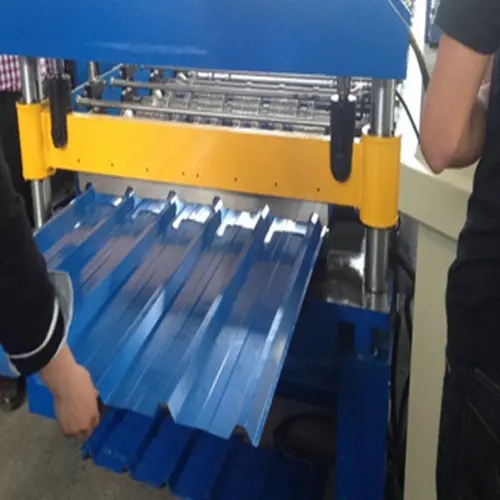
The Evolution and Impact of Stud and Track Making Machines
In the modern manufacturing landscape, the need for precision, efficiency, and consistency has never been greater. Among the machines that have significantly revolutionized the production process, stud and track making machines stand out for their specialized capabilities. These machines are integral to various industries, especially in the automotive, construction, and electrical sectors, where fasteners and tracks are essential components.
What are Stud and Track Making Machines?
Stud and track making machines are specialized equipment used to manufacture studs—short metal rods with a threaded exterior—and tracks—long, linear metal components. These machines utilize advanced technology to produce high-quality products with minimal human intervention. Typically featuring automated feeding systems, cutting tools, and forming mechanisms, they can efficiently create complex shapes and sizes tailored to specific requirements.
The Manufacturing Process
The manufacturing process of studs and tracks typically involves several key phases, including material feeding, shaping, and finishing. Initially, raw materials, often in the form of wire or metal sheets, are fed into the machine. The machine then employs a series of mechanical processes, which may include bending, punching, and threading, to shape the material into the desired product. Advanced models are equipped with programmable logic controllers (PLCs) that enable operators to adjust parameters for different product specifications easily. This adaptability not only enhances production efficiency but also reduces material waste.
Advantages of Using Stud and Track Making Machines
1. Precision and Consistency One of the primary benefits of stud and track making machines is their ability to produce highly precise components. With automated processes, the risk of human error is significantly reduced, ensuring that each product meets rigorous quality standards.

2. Increased Production Speed These machines can operate at high speeds, significantly boosting production rates. This is particularly beneficial for industries requiring large volumes of fasteners and tracks, allowing companies to meet market demands promptly.
3. Cost-Effectiveness While the initial investment in stud and track making machines might be substantial, the long-term savings from reduced labor costs, increased production efficiency, and lower material waste can make them a cost-effective solution.
4. Versatility Modern stud and track making machines are designed to accommodate various materials and product designs. This versatility allows manufacturers to pivot quickly between different projects, adapting to changing market needs without significant downtime.
The Future of Stud and Track Making Machines
As industries evolve, so too do the machines that serve them. The future of stud and track making machines will be characterized by advancements in technology, such as the integration of artificial intelligence (AI) and the Internet of Things (IoT). These technologies will enable real-time monitoring and predictive maintenance, further enhancing production efficiency and reducing operational costs.
Moreover, sustainability will likely play a critical role in the development of these machines. Manufacturers are increasingly seeking ways to reduce their environmental impact, which may involve using eco-friendly materials, improving energy efficiency, and minimizing waste during the production process.
Conclusion
In conclusion, stud and track making machines have become indispensable in modern manufacturing, streamlining the production processes of essential components across various industries. With their precision, efficiency, and adaptability, these machines not only contribute to the bottom line of manufacturers but also play a crucial role in ensuring the availability of quality products in the market. As technology continues to advance, we can anticipate further innovations that will enhance their capabilities, making them even more vital to the future of manufacturing.